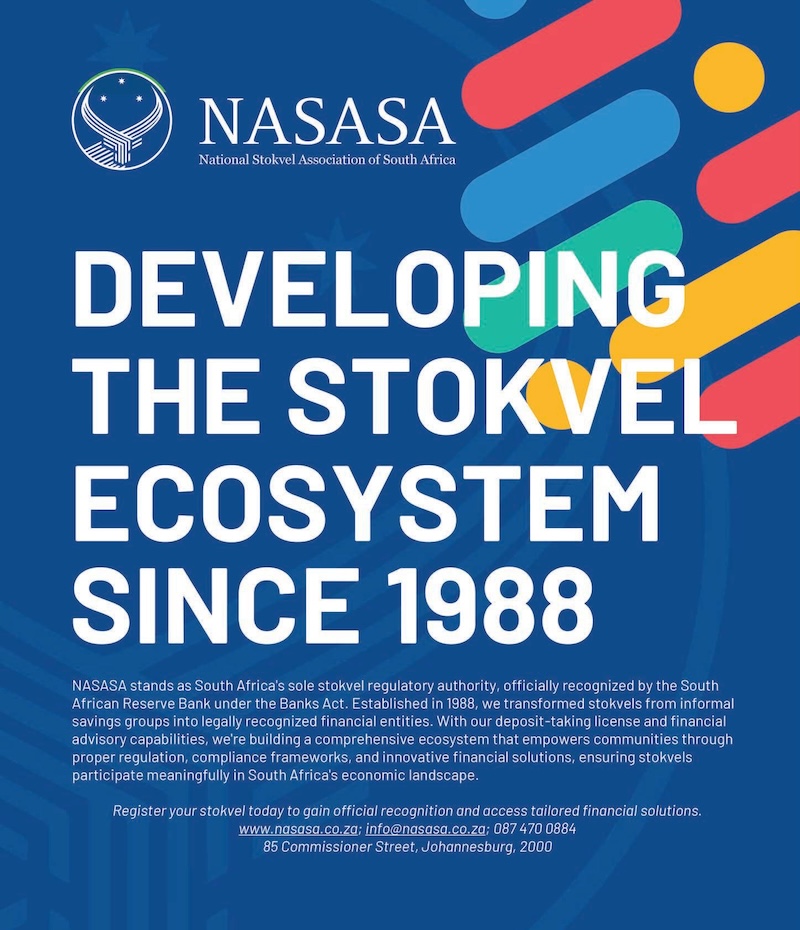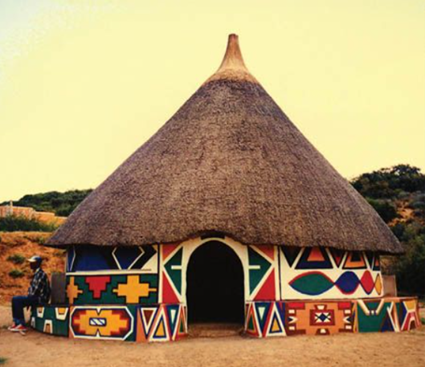Stories research approach (
In general, when we do research in the social sciences, we could be interested in words that people (of families, communities or societies) use, at times statements that they make, their actions or events they were involved. How about focusing on people’s stories as in SRA or their histories as in biographical or historical research? [Multiple related stories make up a narrative]. A story is a sequence of happenings or experiences. It gives more and even deeper insights into the life of someone, their family, community or society. SRA uses stories as the standard input of participants into the research process. The stories are then reported as told, combined into one larger story or analysed to get more meanings out of each story or the stories combined. The advantage is depth of knowledge gained, cultural appropriateness, gives participant prominence and the researcher can benefit in several ways. The disadvantages are that stories take long to be told, may not be understood by people from a different cultural background and many be difficult or emotionally demanding for both the teller and listener. The most basic analysis of stories is to list the insights or sentiments (why, how, when etc) generated by each or all stories. Insights can include emotions, desires, challenges, barriers, behaviours etc. Detailed analysis could be focused on classifying stories or generating themes from one or all the stories (thematic analysis) or understanding the content of the story or stories (content analysis). Content analysis examines words, phrases, statements or language used by the story teller or tellers. More detailed analysis is experiential analysis, which means the story listener uses their own experience to interpret the story told or vice versa, that is the story listener uses the stories told to interpret their own story or that of others – the result is a validation or making sense of experiences. More in depth analysis includes stories can be shared through verbal narration in an interview or group, drawing, recording (picture, audio or video), retracing footsteps (walks), written by self or others. The tools used to tell or listen to a story include a story-line, plot-line or script (created by the teller or both) or story guide (created by the listener or both).
Discover more from Africa Social Work & Development Network | Mtandao waKazi zaJamii naMaendeleo waAfrika
Subscribe to get the latest posts sent to your email.



